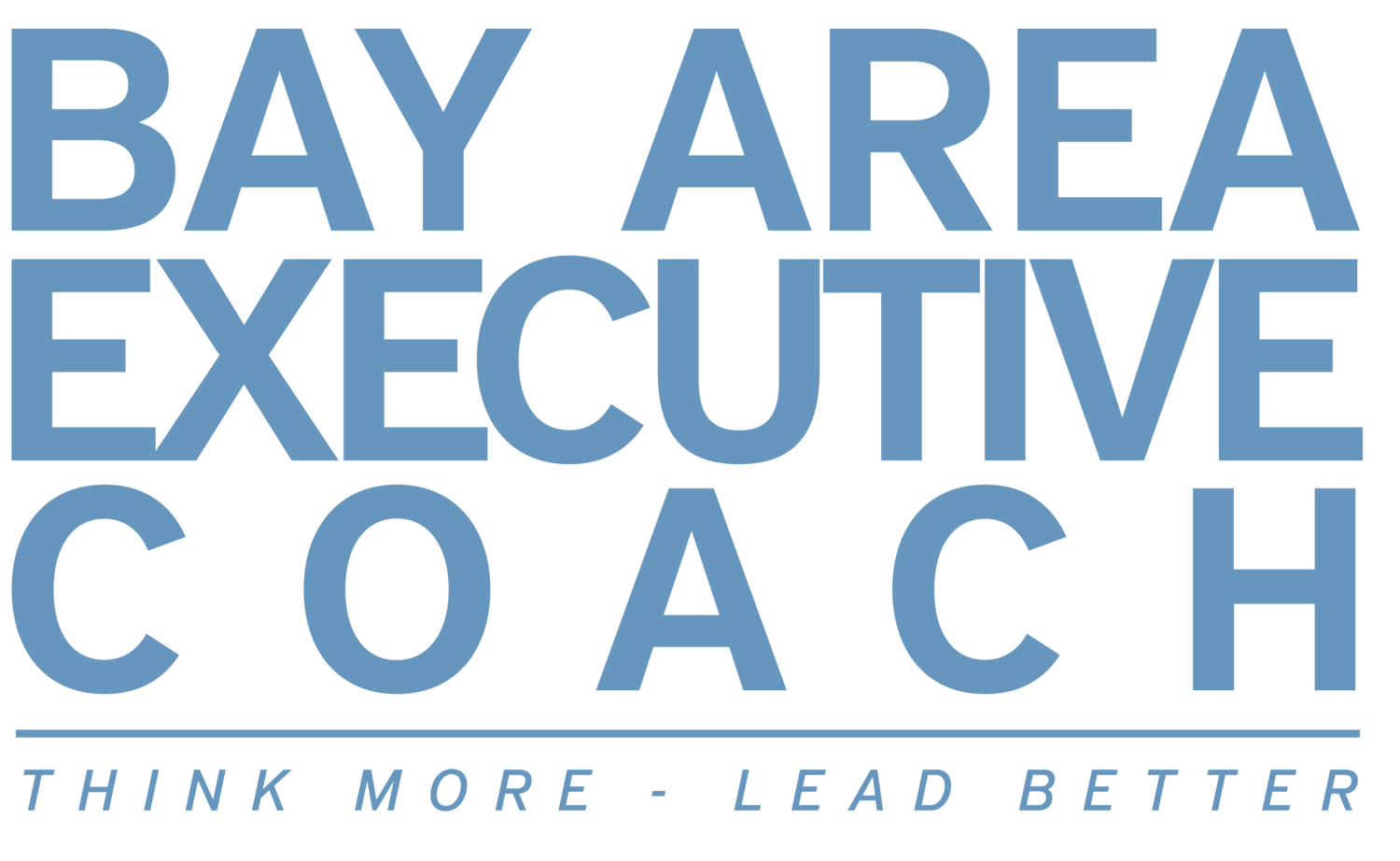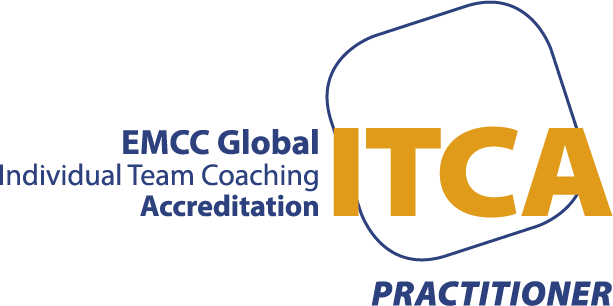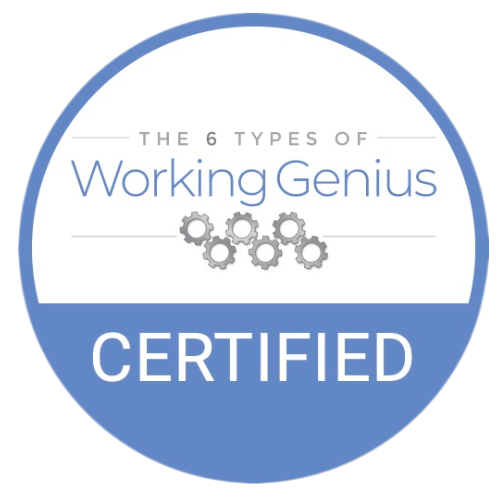Although Maryanne has an enviable track record as a CEO, it’s her leadership style that really sets her apart from other executives. Unlike some of her boisterous counterparts, Maryanne is a great listener who gives people her undivided attention. Even more impressive, she never speaks over the other person but instead pauses after they’re done to really consider what they’ve said, which makes the other person feel valued. Indeed, Maryanne’s thoughtful, quiet, and considerate, and sees everyone in her company as a valuable contributor with opinions worth listening to. Not surprisingly, Maryanne’s approach has earned her enormous loyalty from her direct and indirect reports. Several of her top managers turned down lucrative offers from competitors because they preferred working with Maryanne. Her self-awareness, and awareness for others, has paid big dividends for everyone concerned. Year over year the company continues to grow and attract top talent.
These short scenarios show the results of two very different management styles. Ralph’s abrasive “it’s all about me” style is oblivious of other people’s needs and, in the long run, does a company more harm than good by degrading staff morale and driving away top talent. Maryanne, through her self-awareness and awareness of others, is just the opposite. Her staff like and respect her and will stand with her through thick and thin voluntarily giving discretionary effort when the situation calls for it. Maryanne is a leader they believe in and truly want to follow not because of her title but because of the type of leadership she demonstrates.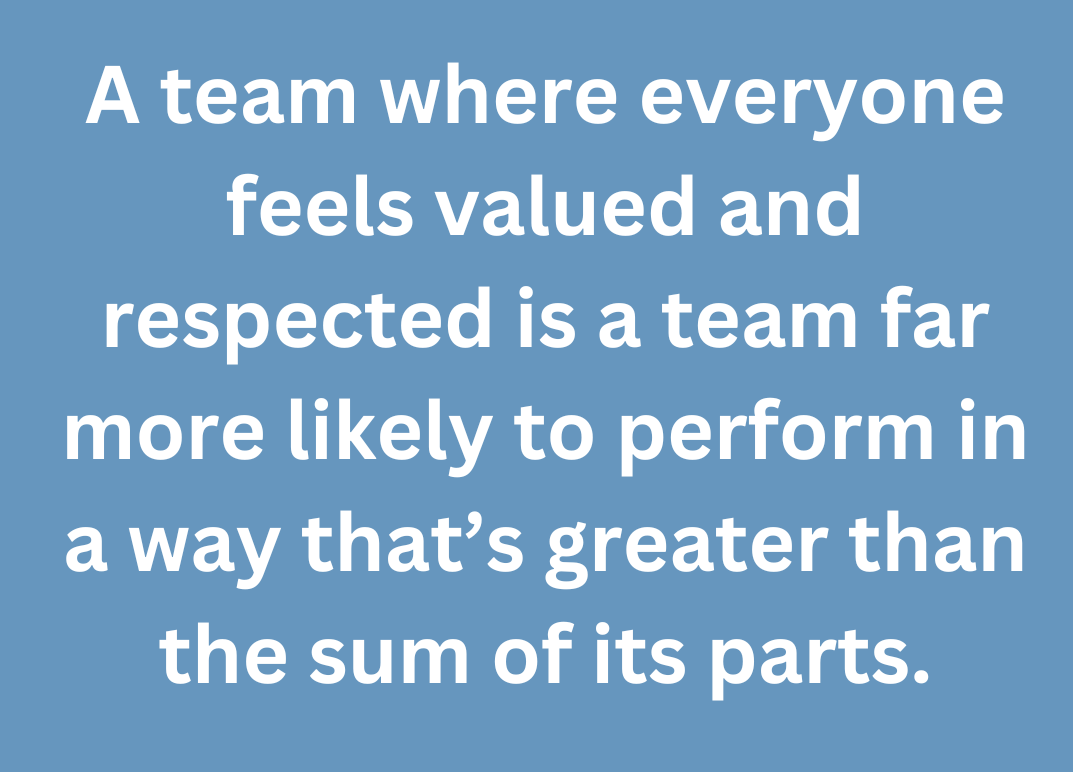
In an earlier post, the self-awareness aspect of emotional intelligence for leaders was addressed. This post covers the complementary element of awareness for others. A truly emotionally intelligent leader is one characterized by a heightened sense of awareness, both of themselves and of others, and uses that insight to lead more effectively. Let’s look deeper into this.
What Is Awareness of Others?
Awareness of others is about noticing and acknowledging others, ensuring others feel valued, and adjusting one’s own style to best fit with others. Sometimes referred to as “interpersonal awareness,” it guides people towards a greater understanding of others, and is a cornerstone of successful interpersonal communication and interaction.
Empathy, defined as “the ability to understand and share the feelings of another” plays a huge role in developing this awareness. Colloquially called “putting yourself in the other person’s shoes,” this skill is critical for a leader to be more effective and for everyone to be more socially aware at work and at home.
Two Key Elements of Awareness of Others for Leaders
Awareness of Others is a soft skill derived from many subskills, but there are two elements that stand out:
- The ability to acknowledge the views and opinions of others
- The ability to balance business results achieved with others’ needs.
We’ve already mentioned the importance of empathy in this process, and indeed there’s nothing more important than attempting to understand and acknowledge the views and opinions of others, especially when those views and opinions are different from yours. When you’re able to do this in a clear and unbiased way, you open the door to truly understanding why another person acts as they do, and that knowledge can be applied to build and strengthen relationships. A team where everyone feels valued and respected is a team far more likely to perform in a way that’s greater than the sum of its parts. In essence it’s a driver for high performance in an organization.
In an age where the “bottom line” and earnings per share seems to get most of the attention, it’s perhaps more important than ever to appreciate the human factor behind business results. Of course, everyone is different and unique. We all bring to the workplace the sum total of our life’s experiences, lessons, beliefs and values. With this in mind, the smart, emotionally intelligent leader makes a concerted, ongoing effort to understand his or her employees as the unique individuals they are, and then balance their respective needs with business objectives.
Here are some tips that you, as a business leader, can use to sharpen your awareness of others in the workplace.
8 Ways to Improve Your Awareness of Others 
- Understand what it Means to Listen
Good listeners don’t assume they know or understand a situation before hearing someone out. Leaders with successful track records are especially prone to this and must be highly aware of the potential for this to happen. The best leaders listen, look for the facts of the situation, and then factor in the emotions that are also at play. When you really start listening, you may be surprised by what you learn about your team – and how you can help advance business goals with the new information you capture.
One key here is to not think of your response while the other person is still talking. Just focus on what they’re saying and seek to go deeper into their message. What’s the feeling behind their words? What’s being left unsaid? What do you need more information on? Just focus on what they are saying, and not your response. There’s time to formulate a response after first seeking to understand them.
- Repeat What Was Said
The best way to ensure you understand what’s been said is to repeat back what you heard in your own words and then ask for more information, if appropriate. This not only helps to show that you understood what was said, but it conveys to the other person that their opinion is valued and heard. It’s a common blind spot in communication for the sender to assume the receiver got the message while the receiver thinks they got it when they are actually hearing the message through their lens of experience and various bias filters. By repeating what you think you heard, the sender will be able to see where the message was filtered and changed by the receiver. Try it for a week and be amazed at your newfound ability to better understand the messages being conveyed to you.
- Pay Close Attention to Tone of Voice
The way something is said can say a lot more than the words alone. A person’s tone of voice can help you get a read on how they’re feeling, and give you a better opportunity to choose the most appropriate response or course of action. Good listeners also listen for tone of voice. When you hear a tone that’s telling you there’s more to the message than just the words being used, go deeper and explore what you’re sensing. Say something like, “I’m hearing some deeper feelings behind your words. How are you feeling about what’s going on here?” or “Tell me more about your feelings in regards to this situation.”
- Watch Facial Expressions and Body Language
Be very aware of nonverbal cues and body language. You must be mentally present and give your full attention to notice things like subtle facial expressions or body motions. While this will require extra effort on your part, it can go a long way towards helping you to better understand the person in front of you. For example, when you’re in a face to face meeting and notice that the other person has moved their feet to point to the door, they’re suggesting they want to leave the meeting. Or, if you see someone look away from another who’s talking, there’s a message being sent that’s not likely to be positive. When words and body language conflict, the body language is usually where the truth lies.
5. Keep a Finger on the Pulse of the Office
Can you read the mood of your office? Can you sense how things are going for your employees, even if they don’t directly tell or show you how they’re feeling? Is there a good balance of intensity and fun, or does it swing too much one way? Is there so much intensity that it has turned into tension and employees are getting overwhelmed? Or, is there so much good-natured fun and socializing that work is not getting done?
Observation skills are fundamental to social awareness. When you pay close attention to what’s happening around you, your awareness of your surroundings can help set the tone of how you approach varying situations. If your team is still working mostly in a virtual environment, then you may need to be proactive and have more check-in conversations with team members to see how they are doing.
Also, there are ways to do pulse checks via various surveying tools from outside organizations. As it relates to emotional climate, we offer a free tool called the Emotional Climate Index or ECI. Contact us if you’re interested in exploring the use of this tool to better understand how people are feeling on the team towards their work and environment.
- Notice the Details
If you want to be connected to your employees, you need to keep your eyes open to your environment and really see what’s in front of you.
Make the rounds in the office regularly and observe what’s happening. This isn’t about spying or being seen – it’s about getting to know your workforce as people, and interpreting the mood of the team.
Ask questions to show your employees you’re interested. For example, did someone just put a new vacation photo on his desk? Let them know you noticed and ask about the family’s latest vacation. Again, this step is made more difficult by operating in a virtual environment, but it can be done. Do you notice a new background? Hairstyle? Glasses? Ask about vacations taken since you’re likely to know they occurred.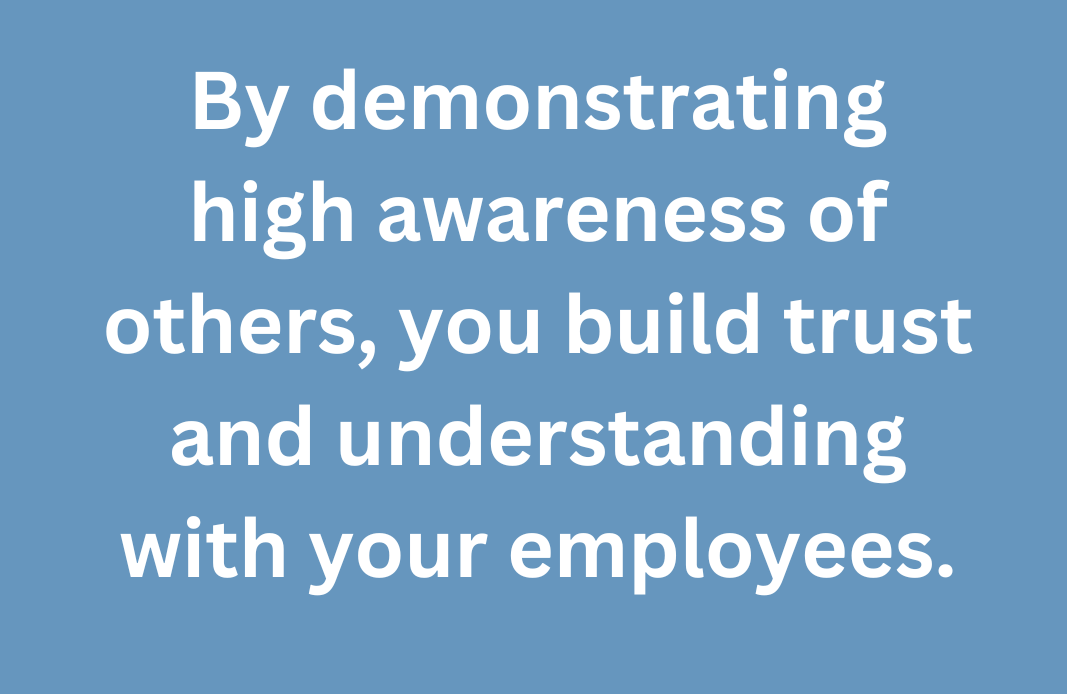
- Avoid the “Drive-By” Meeting
When you’re moving through the office, you might be tempted to discuss any relevant matters with employees as you see them. However, try to avoid these “drive-by meetings” as they could throw the other party off and put them on the spot. If you have a specific topic you want to discuss with an employee, always look for social cues as to whether it’s a good time to do so before diving in.
- Stop Taking Notes
While note-taking is useful in some situations, scribbling away during a business meeting can disconnect you from your team. Do your best to put down the pen and look up from your paper in meetings, so that you can actively engage with others. It’s easy to miss something important when you’re busy jotting stuff down in your notebook. If you feel notes need to be taken, then assign that task to someone such as an administrative assistant.
Your Bottom Line
As a leader, if you aren’t socially aware, your employees may feel like you have your own agenda and don’t care about their opinions. Employees want to be included in decisions that impact their jobs. When they feel like their leaders care and can be trusted, they become more engaged and give more discretionary effort.
By demonstrating high awareness of others, you build trust and understanding with your employees. Employees may also get a better understanding of how they can help impact organizational goals through stronger and more transparent interactions with you.
Successful leadership is grounded in self-awareness, one of the foundations of emotional intelligence. Read our article on Self-Awareness: A Foundation of Leadership Success!
If you benefitted by reading this post, we invite you to read our case study, “Helping a Young Leader Garner the Respect and Loyalty of Her Veteran Team” to learn more about leadership. If you want to do more than imagine how heightened awareness of others can positively impact your leadership and take action with help, then consider bringing one of our Leading with Emotional Intelligence classes into your company or work with us one on one.
You can also watch our video on this topic:
Photo copyright: Featured photo is from ©Christina Morillo via Pexels. Secondary photo is from ©August de Richelieu via Pexels.
